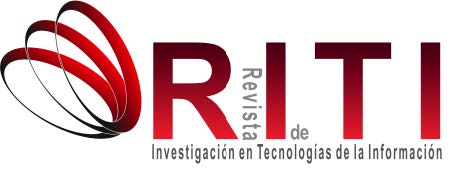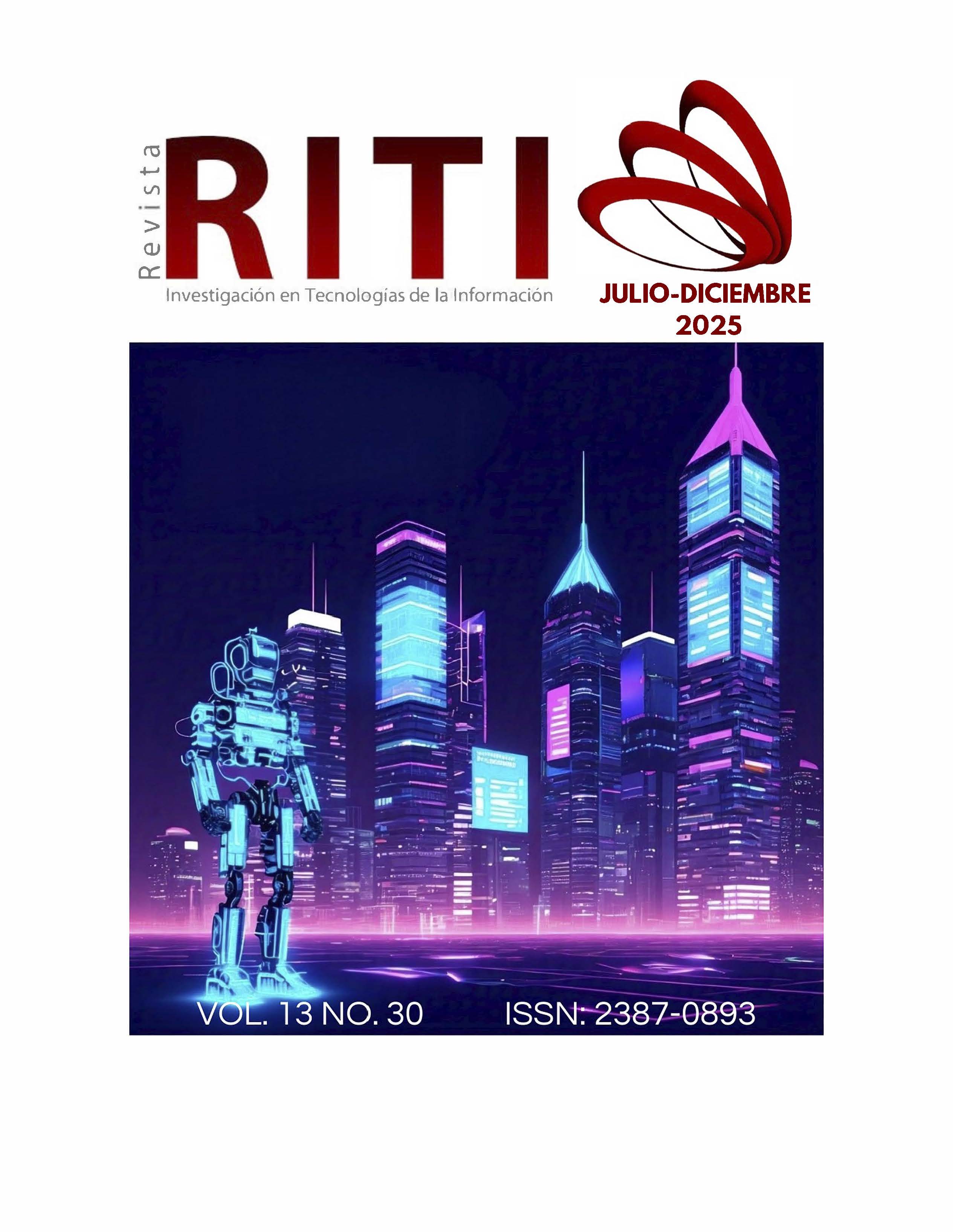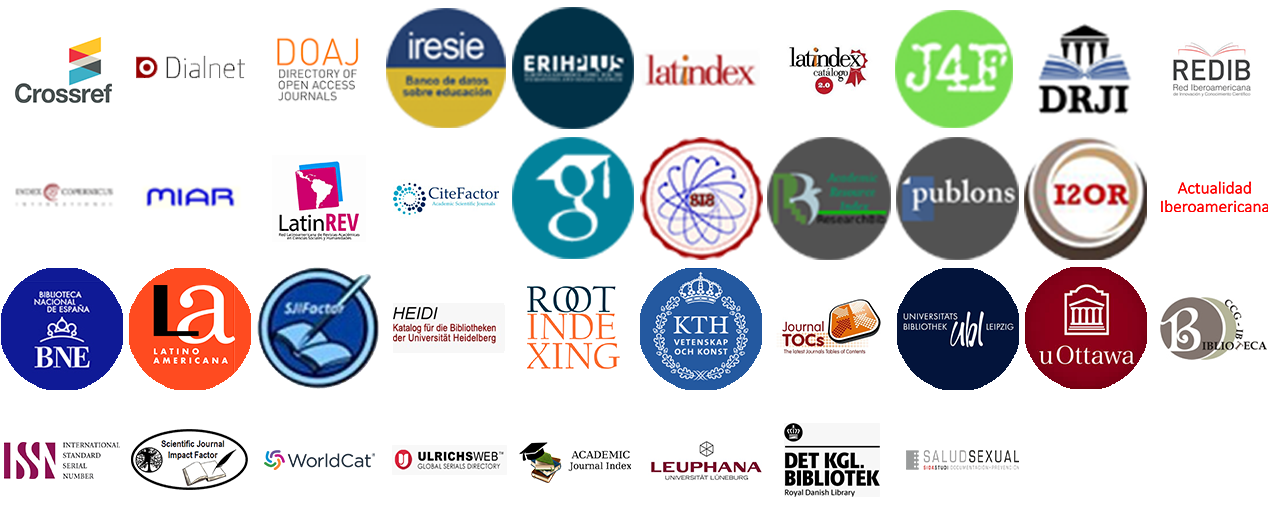Web application built with the Laravel Framework integrated with MikroTik routers to manage clients, billing, and generating hotspot vouchers.
DOI:
https://doi.org/10.36825/RITI.13.30.004Keywords:
Hotspot, Scrum, MikroTik, Web Application, Network AutomationAbstract
The use of hotspot networks to provide controlled internet access is common in public and community environments. However, their administration often involves manual processes that hinder efficient user management, sales reporting, and voucher generation. This study demonstrates how applying an agile methodology such as Scrum, combined with modern web tools, enables the development of an effective application to automate these processes. Scrum was adopted as the development framework, organizing functionality into planned sprints based on user stories. The system was built using Laravel, Livewire, MySQL, and other web technologies, integrating features for managing clients, hotspot vouchers, sales reports, and vending machines connected via NodeMCU and MikroTik routers. Functional, integration, and performance testing confirmed the system's stability, efficiency, and alignment with project goals. Operational time improvements of up to 96% were observed in key tasks, along with a significant reduction in human error. These findings suggest that the combination of agile development and specialized automation provides an effective and adaptable solution for the technical administration of hotspot networks.
References
Fernández, R. (2024). El uso de Internet a nivel mundial—Datos estadísticos. Statista. https://es.statista.com/temas/9795/el-uso-de-internet-en-el-mundo/
Statista. (2025). Países con mayor número de usuarios de Internet en América Latina 2025. Statista. https://es.statista.com/estadisticas/1073677/usuarios-internet-pais-america-latina/
Luna Santos, R., Santos Quiroz, R. A., Carrera Carrasco, E., González Domínguez, I., Santaella Benavente, M. G. (2021). Creación e implementación de una aplicación web para la administración de citas para un autolavado. Revista de Investigación en Tecnologías de la Información (RITI), 9 (19), 97–108. https://doi.org/10.36825/RITI.09.19.008
Sutherland, J. (2016). SCRUM - El Arte de hacer el Doble de Trabajo en la Mitad del Tiempo (1ra. Ed.). Océano de México, S.A. de C.V.
Arroyo Gómez, I. M. (2020). ¿Qué es un hotspot y cómo funciona? TeamVOX. https://teamvox.com/que-es-un-hotspot-y-como-funciona/
MikroTik. (2019). MikroTik Routers and Wireless. https://mikrotik.com/
Castillo Estrada, C. M., Cancino Villatoro, K., Benavides García, V., De La Cruz Vázquez, A. (2022). Diseño de un Sistema web para el control de Curriculum Vitae Electrónico de personal docente basado en una arquitectura orientada a servicios (API REST). Revista de Investigación en Tecnologías de la Información (RITI), 10 (20), 28–42. https://doi.org/10.36825/RITI.10.20.003
MikroTik. (2020). Winbox—RouterOS. https://help.mikrotik.com/docs/display/ROS/Winbox
Purwanto, F. H., Amin, M. (2022). Design and implementation of hotspot network login authentication using QR code based on Mikrotik. Jurnal Komputer, Informasi Dan Teknologi (JKOMITEK), 2 (1), 229–238. https://doi.org/10.53697/jkomitek.v2i1.835
Amarudin, Yuliansyah, A. (2018). Analisis penerapan MikroTik Router sebagai user manager untuk menciptakan internet sehat menggunakan simulasi virtual machine. Jurnal TAM (Technology Acceptance Model), 9 (1), 62–66. https://jurnal.stmikpringsewu.ac.id/index.php/JurnalTam/article/view/598/532
Nainggolan, C., Putra, S. D. (2018). Penggunaan teknologi router MikroTik dalam menunjang jaringan hotspot dan voucher hotspot pada warnet BNET. Journal of Information System, Informatics and Computing (JISICOM), 2 (1), 57–67. https://journal.stmikjayakarta.ac.id/index.php/jisicom/article/view/21
Hendrawan, E., Saputra, A. A. (2021). Desain jaringan RT/RW Net hotspot sistem dengan Mikrotik Routerboard sebagai manajemen billing: Implementasi sistem voucher quota di lingkungan Pringsewu Selatan. Jurnal Teknol. Komput. Dan Sist. Informasi (JTKSI), 4 (2), 69–74. https://doi.org/10.56327/jtksi.v4i2.997
Suryanto, Permadi, F. A. (2019). Optimalisasi internet hotspot menggunakan user manajemen pada Pusat Pengembangan SDM Asuransi Indonesia. Jurnal Infortech, 1 (2), 59–67. https://doi.org/10.31294/infortech.v1i2.7083
Aguilar Alvarado, J., Quezada-Sarmiento, R., García-Galarza, K. (2018). Aplicación Java para el control de RB Mikrotik en empresas proveedoras de servicio de Internet. Revista Ciencia UNEMI, 11 (26), 161–169. https://doi.org/10.29076/issn.2528-7737vol11iss26.2018pp161-169p
Hamid, H. A., Al Farizi, M. (2022). Peluang jaringan wireless pribadi untuk hotspot umum dengan sistem voucher. Jurnal Industri Kreatif Dan Informatika Series (JIKIS), 2 (1), 1–10.
Rodríguez Ávila, G., Martínez Castillo, C., Toscano Palomar, L., Callejas Melgoza, O. E., & Castro Contreras, R. (2024). Diseño e implementación de un Hotspot con Mikrotik y Access Point Ubiquiti: Gestión eficiente de redes inalámbricas. REVISTA IPSUMTEC, 7 (2), 20–27. https://doi.org/10.61117/ipsumtec.v7i2.304
Laravel. (2022). Laravel Documentation. Laravel 9.x - The PHP Framework For Web Artisans. https://laravel.com/docs/9.x
Porzio, C. (2023). Livewire. Laravel Livewire. https://livewire.laravel.com
Bootstrap Team. (2013). Bootstrap. https://getbootstrap.com/
Erickson, J. (2024). MySQL: qué es y cómo se usa. https://www.oracle.com/mx/mysql/what-is-mysql/
Amundsen, M. (2023). RESTful Web API Patterns and Practices Cookbook: Connecting and Orchestrating Microservices and Distributed Data (1st. Edi.). O’Reilly Media, Incorporated.
Additional Files
Published
How to Cite
Issue
Section
License
Copyright (c) 2025 Revista de Investigación en Tecnologías de la Información

This work is licensed under a Creative Commons Attribution-NonCommercial 4.0 International License.
Esta revista proporciona un acceso abierto a su contenido, basado en el principio de que ofrecer al público un acceso libre a las investigaciones ayuda a un mayor intercambio global del conocimiento.
El texto publicado en la Revista de Investigación en Tecnologías de la Información (RITI) se distribuye bajo la licencia Creative Commons (CC BY-NC
 ), que permite a terceros utilizar lo publicado citando a los autores del trabajo y a RITI, pero sin hacer uso del material con propósitos comerciales.
), que permite a terceros utilizar lo publicado citando a los autores del trabajo y a RITI, pero sin hacer uso del material con propósitos comerciales.



